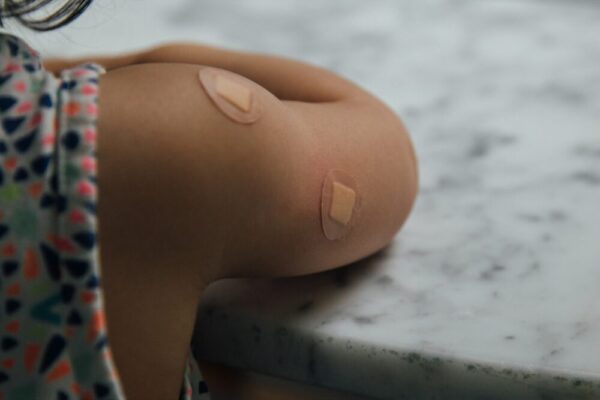Change in seasons brings with it a plethora of respites and challenges. For many, the challenges weigh more as the change in temperatures means to trigger skin conditions like eczema. As the seasons change, so does our skin and the change in the climate can wreak havoc on the skin.
Eczema, also known as dermatitis, is a common inflammatory skin condition, where the skin becomes very dry and itchy. People with eczema tend to have an over-reactive immune system that when triggered by a substance outside or inside the body, responds by producing inflammation. It is this inflammation that causes the red, itchy and painful skin symptoms common to most types of eczema.
Symptoms of Eczema
- Severe itching
- Dry, scaly patches that are red to brownish gray on the skin
- Small, raised bumps that could leak fluid and scab over if scratched
- Thick, cracked, dry, and scaly skin
- Raw and sensitive skin
Eczema triggers
Researchers are not sure what exactly causes eczema. However, for most types of eczema, researchers believe a combination of genes and a trigger are involved.
Research also suggests that some people with eczema have a mutation of the gene responsible for creating filaggrin. Filaggrin is a protein that helps our bodies maintain a healthy protective barrier on the very top layer of the skin. Without enough filaggrin to build a strong skin barrier, moisture can escape and bacteria, viruses and more can enter. Environmental and/or microbial allergens can penetrate the skin barrier more easily and cause inflammation of the skin, and this is why many people with eczema have very dry and infection-prone skin.
How does the change in season affect eczema?
All year round, our skin is subjected to changes and gets a rough time due to the elements and the ever-fluctuating temperatures. For people with eczema, this becomes especially challenging to manage their symptoms and flare-ups. While every person with eczema has their own triggers, in many cases flare-ups can follow a seasonal pattern. It’s not uncommon to find that your eczema lies dormant most of the year, only to re-ignite in response to cold or heat.
During the frigid, winter months, the air becomes drier, humidity levels drop drastically, resulting in our skin to get dry. As the skin dries out, it becomes uncomfortable and itchy and may result in a flare-up. Cold weather leads to chapping, cracking and sore dry skin which can spark off eczema. Add to that, switching between cold and hot environments- harsh, windy conditions outside followed by dry, centrally heated environments inside, also become a factor when it comes to flare-ups in the colder months. Eczema flare-ups is known as the “winter itch” if your flare-ups happen predominantly in winter.
Others find that their symptoms worsen in the summer months. Typically, this is due to the heat itself and when the air is too humid, which may cause sweating. Many eczema sufferers feel an itching sensation, sometimes described “prickly heat” if their body temperatures rise to a point and sweating ensues, or if they overheat. There may also be further triggers at this time of year, like swimming in a chlorinated pool or sitting on grass. Eczema can also worsen when the body swaps from hot to cold and vice-versa too fast.
Eczema at other times of year
Although eczema generally improves in the spring, for some people the opposite holds true. Some people find their symptoms exacerbated by temperature changes, and get flare-ups during the transitional seasons, i.e. spring and autumn. The drawback of spring is that the air is thick with allergens. Seasonal pollen can be a trigger, causing eczema flare-ups alongside hay fever. Spring can be the time when irritants kick into high gear, causing the skin to break out and result in a flare-up.
During the different times of the year, regardless of the season, your eczema can still become infected with bacteria or viruses that live in the environment. Staphylococcus aureus (“staph”) is one of the most common types. The molluscum virus, herpes virus (fever blisters and cold sores), and certain kinds of fungus (ringworm or athlete’s foot) are other common triggers for infection. It’s important to know the symptoms of these different infections and what causes them so that your eczema does not get worse.
Everyday materials in your surroundings can also cause you to have an allergic reaction and trigger an eczema flare-up. Some of the most common are: seasonal pollen, dust mites, pet dander from cats and dogs, mold and dandruff.




